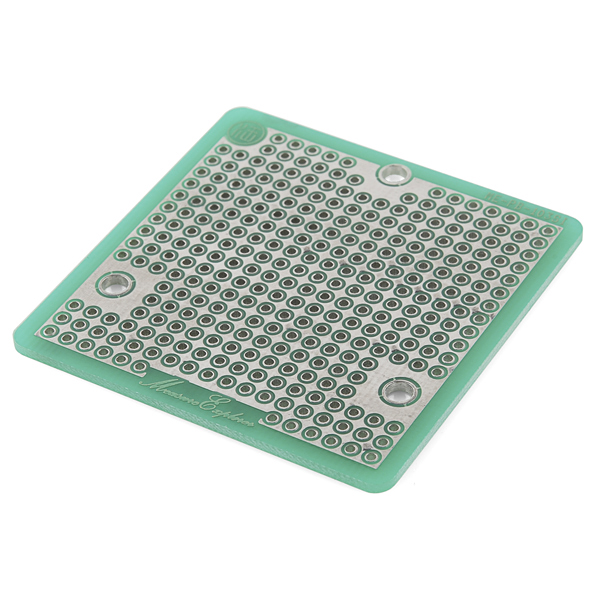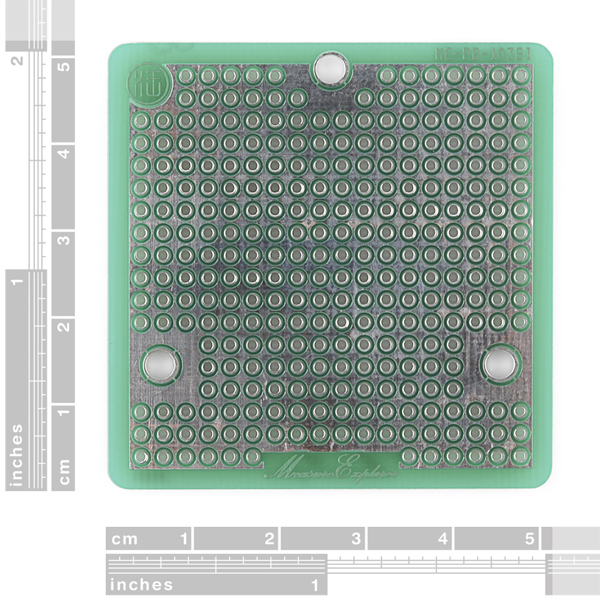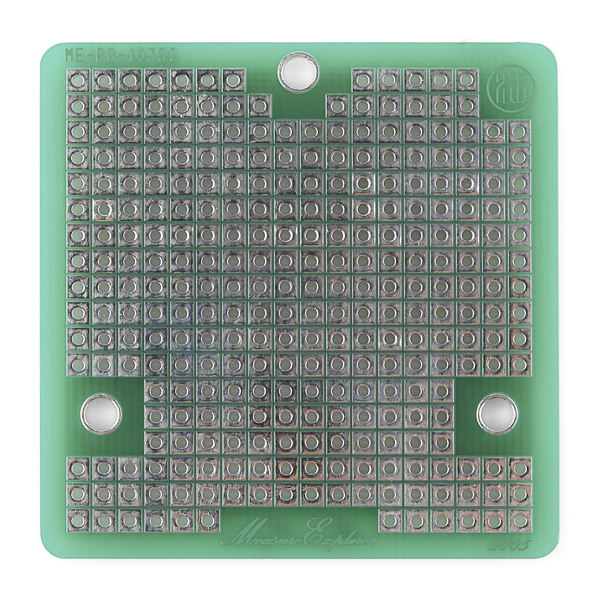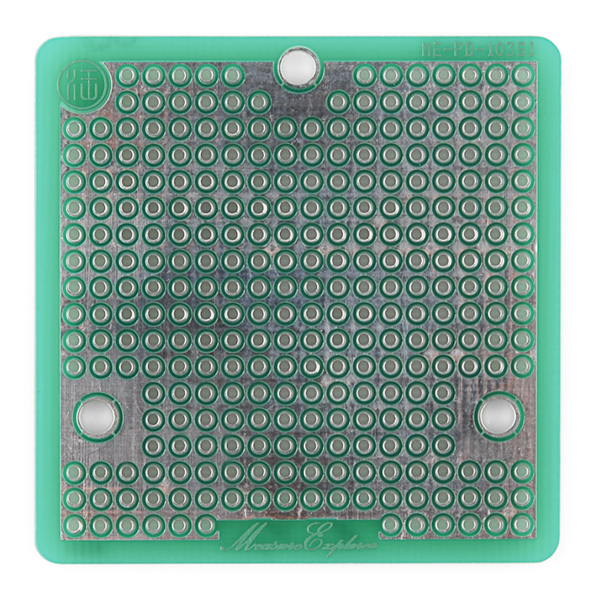ProtoBoard - Square 2" Product Help and Resources
The Uncertain 7-Cube
March 8, 2013
The Uncertain 7-Cube is a non-committal, less-than-helpful, but also entirely honest fortune teller. Simply ask it a yes or no question, give it a nudge, and the 7-Cube will dutifully inform you that it doesn’t have all the facts and doesn’t feel comfortable making a guess.
Core Skill: Soldering
This skill defines how difficult the soldering is on a particular product. It might be a couple simple solder joints, or require special reflow tools.
Skill Level: Noob - Some basic soldering is required, but it is limited to a just a few pins, basic through-hole soldering, and couple (if any) polarized components. A basic soldering iron is all you should need.
See all skill levels
Comments
Looking for answers to technical questions?
We welcome your comments and suggestions below. However, if you are looking for solutions to technical questions please see our Technical Assistance page.
Customer Reviews
5 out of 5
Based on 1 ratings:
3 of 3 found this helpful:
Nicely Designed
One side has isolated square pads and the other has a copper pour with isolated circular pads. The holes are through-plated. The square pads are easy to solder to adjacent pads with the "vulcan solder meld" method. The copper pour makes it easy to route your ground points around the circuit.
Overall the quality is excellent. a few pads came off, but they were soldered and unsoldered a bunch of times.





What's not apparent is that the other side of this board has a ground plane around the holes. If your project has a lot of ground connections, (and who's doesn't!) this board makes it easy to 'grab a ground' from any corner that you painted yourself into. If that's not nice, what is?
Are there any more of these awsome boards coming?
Different sizes, same front and back as this ?
Can anyone tell me if this board can connect to the FIO board? Do the holes line up?
Thanks...
If it fits in your breadboard, it fits in this. If you have no breadboard, then if the header pins are 0.1" apart, it will fit in this.
If it helps anyone lay out their designs before they have the board in their hands, my best estimate for the coordinates of the holes, based off the supplied image, are: [x, y] [6.2, 14.5] [25.8, 48.5] [45.3, 14.5] Perhaps Sparkfun can verify these numbers?
Are the holes plated through? I was planning to use this board for a mix of surface mount and through hole component.
The large square pads makes it suitable for SMT, if the holes are not plated though, then I could utilize both sides for the SMT sections of the circuit.
Will this fit the Tamiya Universal Plate?
EDIT: Never mind.
Could someone please recommend a suitable enclosure for this or suggest ways of enclosing it?
Thanks!